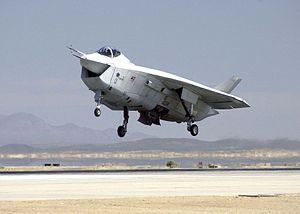Toward Scrum: Introduction
→
Russell Bateman
May 2018
Waterfall versus Agile Development

Planning work and building a product used to be done on models involving
schedule and cost uniquely. Think of a ship that must be designed, built
and floating by a certain date. It's going to be a very expensive undertaking,
one that must be planned out to the last detail absent which money will be
spent without a viable product arriving on-time.
Once the decision to spend the money to design and build the ship is made,
the metaphor in play is water heading inevitably toward a cliff before
falling over it. If your project is headed toward such a catastrophic
conclusion, you must plan and prepare. If your product is a barrel, it must
be able to make the plunge and survive hitting the river below. You have only
one shot at it.

This is the image of waterfall development. You must plan and prepare
for all possibilities in anticipation of an extended release date. It's a
 product that's defined from start to finish. It's a product that's calculated
to make a big splash. If you're Lockheed-Martin, it's your F-35 that must beat
out whatever Boeing will put up against you. It's the way things were once done
(and are still done, in certain industries).
product that's defined from start to finish. It's a product that's calculated
to make a big splash. If you're Lockheed-Martin, it's your F-35 that must beat
out whatever Boeing will put up against you. It's the way things were once done
(and are still done, in certain industries).
In software, however, stop and think.
Is there value to a subset of the application that can be exploited before
the whole of it is finished? Can you prove the user interface and emerging
functioniality little by little? Will the customer be enticed to pay for more
functionality based on experiencing the promise with each early, functioning
release? Does early, good-quality software give warm fuzzies that spending
more time and money on the product will be worth it? Can lessons learned from
early releases benefit future development by correcting decisions made and
forestalling mistakes?
Conversely, can time and money be saved by realizing a disastrous undertaking
in the early stages of development and putting a stop to it or having the
leisure of making sweeping changes in product direction?
These are the advantages of agile (in opposition to waterfall)
development.
→
 product that's defined from start to finish. It's a product that's calculated
to make a big splash. If you're Lockheed-Martin, it's your F-35 that must beat
out whatever Boeing will put up against you. It's the way things were once done
(and are still done, in certain industries).
product that's defined from start to finish. It's a product that's calculated
to make a big splash. If you're Lockheed-Martin, it's your F-35 that must beat
out whatever Boeing will put up against you. It's the way things were once done
(and are still done, in certain industries).

